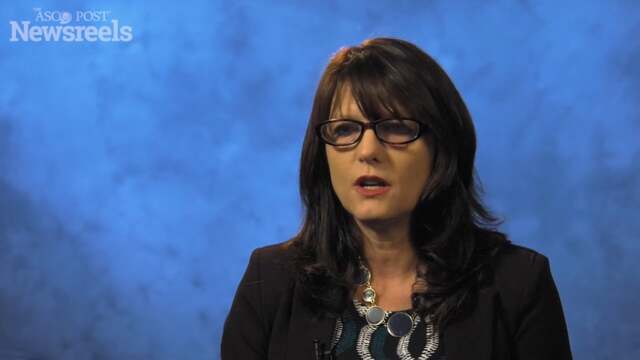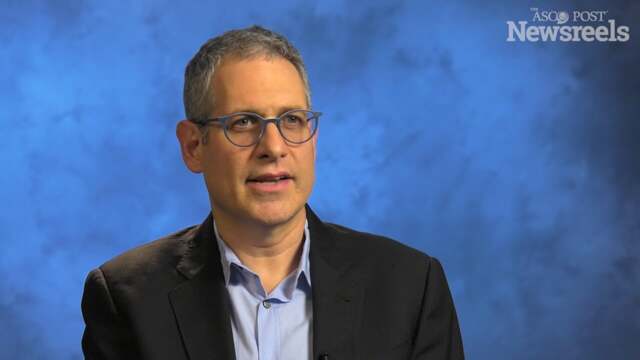Thomas J. Smith, MD, on Oral Abstract Session B (2017 Quality Care Symposium)
2017 Quality Care Symposium
Thomas J. Smith, MD, of the Sidney Kimmel Comprehensive Cancer Center at Johns Hopkins, summarizes two papers for which he was a discussant: reducing overuse of colony-stimulating factors without compromising the safety of patients with lung cancer receiving chemotherapy, and a cost-and-survival analysis before and after implementing Dana-Farber Clinical Pathways for patients with stage IV non–small cell lung cancer (Abstracts 3, 52).
Laura E. Panattoni, PhD, of the Fred Hutchinson Cancer Research Center, discusses results from a regional study on emergency department costs during cancer treatment and the need to focus on managing symptoms (Abstract 2).
Gwendolyn P. Quinn, PhD, of Moffitt Cancer Center, discusses the challenges that minority, LGBTQ, low-literacy, and underserved populations face in getting their voices heard and what it will take to change that.
Ethan M. Basch, MD, of The University of North Carolina at Chapel Hill, discusses programs—now rolling out at various institutions—that use direct patient reporting of symptoms as a part of quality assessment (Posters 61, 81; Abstract 218).
John V. Cox, DO, MBA, of the Parkland Health System/UTSW, discusses some of the key presentations at the 2017 Quality Care Symposium (Abstracts 3, 37, 52).
Robert S. Miller, MD, of ASCO, updates the progress of CancerLinQ and its data set, now being used by oncologists to track quality measurement and reporting.





